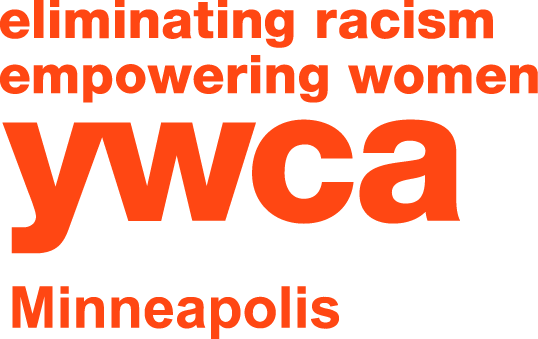Playdough, Crayons, Books and Blocks: Imagining a Future Where Early Childhood Education is Accessible for All
Walk into a preschool classroom again and there is a chance you’ll feel the sweet nostalgia of stepping into a child-sized world: miniature chairs and tables, boxes of colorful crayons and art supplies, bins full of picture books, a swelling sense of possibility, eagerness and curiosity.
Creating Abundant Early Learning Environments
Children who receive a high-quality early childhood education are provided an abundant learning environment where they can explore, problem-solve and be introduced to healthy new experiences that prepare them for the world. These early experiences affect children’s future physical, cognitive, emotional and social development and have an avalanche-effect on their successes later in life.But there are many children in Minnesota who aren’t provided this opportunity. Close the Gap reports that there are 35,000 low-income children under the age of five in Minnesota (those most likely to fall into achievement gaps) who cannot access early learning programs. The cost of preschool in Minnesota is simply too far out of reach for most low-income families.
The Problem of Affordability

The Age When the Achievement Gap Blooms
It’s after the tender age of five that achievement gaps begin to balloon. By third grade, only 38.6 percent of students of color in Minnesota are meeting reading standards, compared to 66.1 percent of their white counterparts.By the time students are in high school, the opportunity gap has taken a bigger toll. According to the U.S. Department of Education, high school graduation rates for students of color in Minnesota are grim: Minnesota ranks dead last in the nation for Latino students, 48th in the nation for African-American students, 46th for Asian-American students and 45th in the nation for Native-American students. (All compared to 34th in the nation for white students.)
Investing Early Equity

“Even as a parent who loves my children unconditionally, I can’t provide all of the early education that is so critical for my children."
Creating Opportunities for All Children to Thrive
Parents all over Minnesota see the importance of early childhood education and eagerly seek the opportunity for their children. “Even as a parent who loves my children unconditionally, I can’t provide all of the early education that is so critical for my children," says Lalise Negassa, a YWCA Early Childhood Education parent. “I love and nurture my children, I read to my children, but I can’t give all of the attention that my children’s teachers can give them. YWCA Minneapolis has the structure and curriculum to make sure my children are learning and meeting their developmental milestones.”By investing in Minnesota’s children early, we are preparing them for lifelong success. We are creating a future where every child has an opportunity to learn, imagine and thrive.Learn more about YWCA Early Childhood Education
